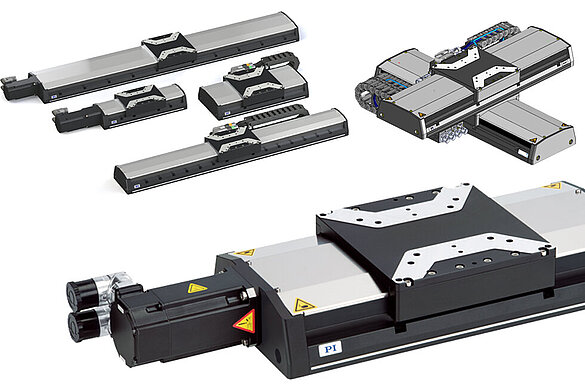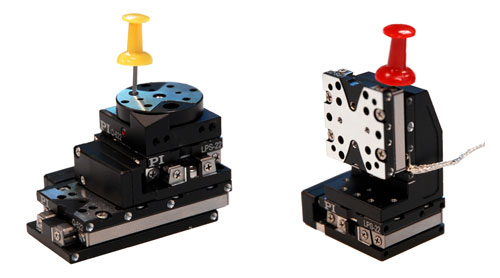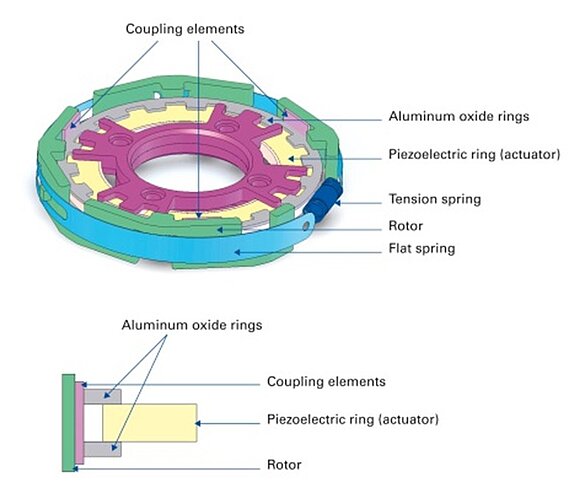Hexapods and Parallel Kinematics Positioning Systems FAQs
Hexapod positioners are the most versatile multi-axis positioning systems. Often referred to as a Stewart Platform, a hexapod is based on a 6 actuators arranged in parallel between a top and bottom platform. PI parallel kinematics (PKM) precision positioning systems have many advantages over serial kinematics stages, such as lower inertia, improved dynamics, smaller package size, and higher stiffness. In addition, hexapods are more flexible than conventional 6-axis positioners.
Industrial Linear Automation Stages: Heavy Duty or High Speed?
Orientation versatility, very high speed, and very long lifetime all play unique roles in automated processes sub-systems. The new lines of linear stages are specifically designed for test, metrology, alignment, and assembly applications in the precision motion and automation industry.
Piezo Flexure Mechanisms: How they Work and what Applications they Enable
Flexure-guided and motion-amplified piezo mechanisms, are the gold standard when it comes to precision, speed, and force in a small package. To make them more accessible for the OEM designer, manufacturers package the actuator...
Why Medical Equipment Design Engineers move towards Piezo Transducers and Piezo Ceramic Motors
Electromagnetic motors and drives have been optimized for more than 100 years. They can be found applications from toys to aerospace systems. With all their advantages, there are limitations such as magnetic fields (undesirable in certain applications), reduced efficiency when it comes to miniaturization as well as bandwidth limitations. Piezo transducers can fill these voids...
Talk to Precision Motion Experts at an upcoming event or Ask an Engineer now.
- Brookhaven BNL/JLAB Workshop
- ASPE 33rd Annual Meeting, booth #103
- Neuroscience 2018, booth #3216
- BIOS, booth #8827
- Photonics West, booth # 4761





